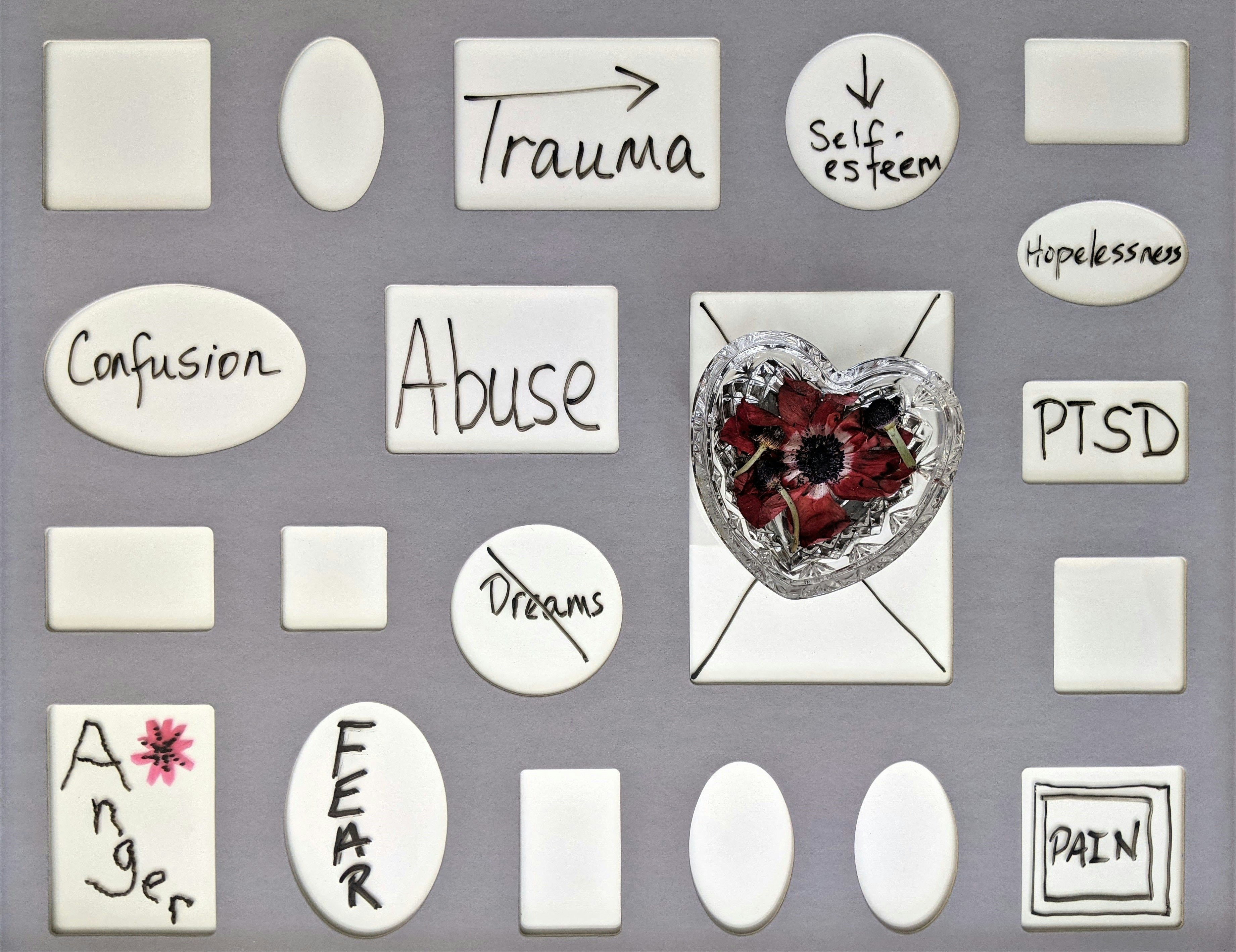

Post-Traumatic Stress Disorder (PTSD) affects millions of people worldwide, often severely impacting their quality of life. Traditional treatments like Cognitive Behavioral Therapy (CBT) and medication have been effective for many, but there is a growing interest in new and revolutionary approaches to help those who struggle with this challenging condition. Let’s look into some of the latest techniques making waves in the field of PTSD treatment and therapy.
Eye Movement Desensitization and Reprocessing (EMDR)
EMDR is a relatively new form of psychotherapy that has shown promising results in treating PTSD. This technique involves the patient recalling traumatic memories while simultaneously focusing on an external stimulus, usually a therapist’s moving finger. The theory is that the bilateral stimulation helps the brain process and integrate traumatic memories more effectively, reducing their emotional impact.
Stellate Ganglion Block (SGB)
Stellate Ganglion Block is a medical procedure that involves injecting a local anesthetic into a group of nerves in the neck. This technique has been found to reduce symptoms of PTSD almost immediately for some individuals. While originally used for pain management, SGB is gaining attention as a potential treatment for PTSD due to its rapid and sometimes long-lasting effects on anxiety and stress levels.
Mindfulness and Meditation
Though not entirely new, mindfulness and meditation practices are being increasingly incorporated into PTSD treatment programs. Techniques like mindful breathing, body scans, and guided imagery help individuals stay present and reduce their focus on traumatic memories. Research shows that consistent practice can significantly reduce PTSD symptoms, promoting a sense of calm and emotional balance.
Psychedelic-Assisted Therapy
The use of psychedelics such as MDMA, psilocybin, and ketamine is being researched for their potential to treat PTSD. These substances are thought to facilitate deeper therapeutic processes and emotional breakthroughs when used in controlled settings and under professional guidance. Early results from clinical trials are promising, showing significant improvements in PTSD symptoms for many participants.
Virtual Reality Exposure Therapy (VRET)
Virtual Reality Exposure Therapy is a cutting-edge approach that uses VR technology to create controlled environments in which patients can confront and process their traumatic experiences. By simulating scenarios that trigger PTSD symptoms in a safe and controlled setting, VRET aims to help individuals become desensitized to their triggers over time. Recent studies indicate that VRET can be particularly effective for veterans and first responders.
Group Therapy and Peer Support
Group therapy and peer support programs are gaining traction as effective methods for treating PTSD. Sharing experiences with others who have gone through similar trauma can provide a sense of community and understanding that is often missing from individual therapy sessions. These programs create a space for mutual support, reducing feelings of isolation and fostering a network of encouragement and shared healing.
Neurofeedback
Neurofeedback is a type of biofeedback that measures brain activity and provides real-time feedback to the patient. The goal is to help individuals learn to regulate their brain function, which can be particularly beneficial for those with PTSD. Neurofeedback sessions involve placing electrodes on the scalp to monitor brain waves and then using computer software to train the brain to achieve more desirable states of activity.
Pet Therapy
Pet therapy, involving interactions with specially trained animals, is emerging as a supportive approach to PTSD treatment. Animals can provide unconditional love and companionship, which can be very soothing for individuals with PTSD. Activities such as petting, playing, and walking animals offer not only emotional comfort but also help increase physical activity and social interaction, both of which are beneficial for mental health.
Genetic and Biomarker Research
Advancements in genetic and biomarker research are opening up new possibilities for personalized PTSD treatment. Scientists are exploring how individual genetic profiles and specific biomarkers can predict one’s response to various therapies. This tailored approach aims to maximize treatment efficacy by customizing interventions based on an individual’s unique biological makeup, potentially reducing the trial-and-error period associated with finding the right treatment.
Final Thoughts
PTSD treatment is rapidly evolving, with creative techniques offering new hope for sufferers. From high-tech solutions like VR and neurofeedback to ancient practices like mindfulness and emerging therapies involving psychedelics, there are more options than ever for those seeking relief. While it is important to consult healthcare professionals for personalized recommendations, being informed about these new techniques can empower individuals to explore the most effective treatments for their unique needs.